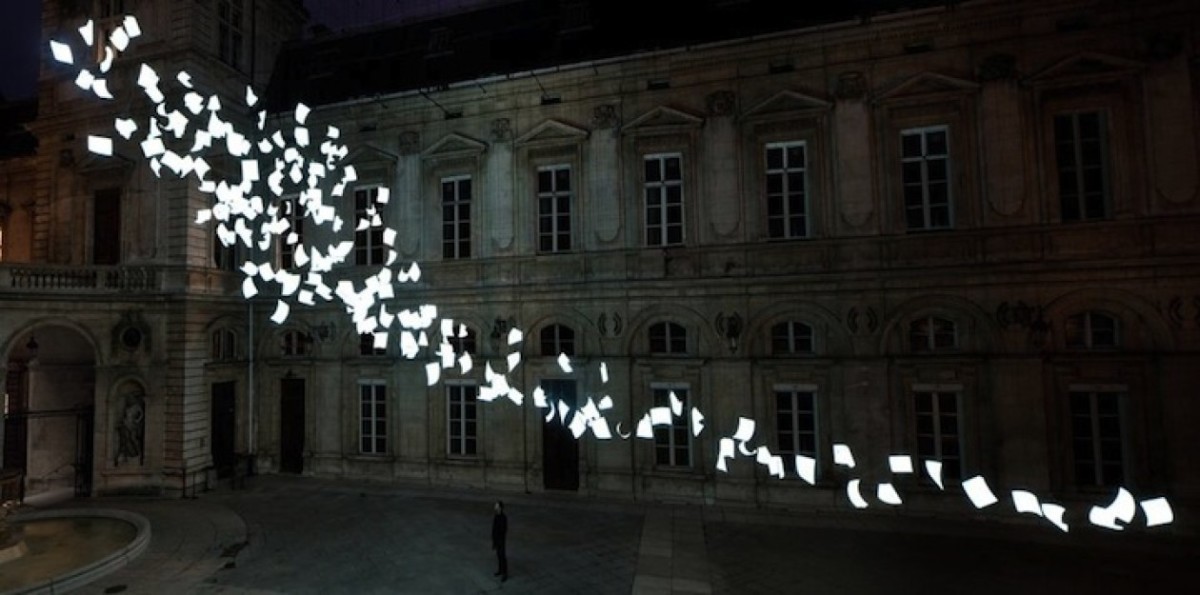
One of the important aspects of a writing-based practice is exploring with your students the way writers talk about their craft. Fortunately there are many books and websites out there that feature all different kinds of writers talking about how and why they do what they do. These windows into the idiosyncratic ways that writers get words down on the page open up the possibility for your students to appreciate and strengthen their own idiosyncratic writing processes and to find writers that they want to emulate. We know from research on talent that a key element in skill development in youth is connected to whether or not they develop strong affiliations with people that are particularly good at something that they themselves want to get good at (think Lionel Messi, Serena Williams, and Lebron James). When youth identify with someone, they adopt their moves. So, just like a young soccer player may spend ours out on the pitch practicing the moves of Lionel Messi, a young writer enamored by the writing of Steven King may spend hours imitating the moves that Steven King makes on the page as well as emulate the habits of mind and body that King embodies as a writer.
Below you will find a pretty basic Google presentation of a variety of different writers sharing their practice – the how and why of what they do as writers. There is loads of good advice in here. The way I use it in the classroom is to simply display a slide or two, read it out loud, and then ask my students what they find interesting about it. I also ask the question, “How can we use what this writer says in our own practice as writers” or something to that effect. This kind of craft conversation lays the groundwork for both affirming writing practices that your students have formed and introducing new ways of being as a writer. You will find over time, if you make this a semi-regular ritual in your class, that certain advice given by writers will become part of the language of the class. For example, one of Jack Kerouac’s beliefs and techniques for modern prose is “You are a genius all of the time.” This mindset when facing the blank page can be tremendously liberating. It would not be unusual for you to hear students referencing this when talking to each other about their writing or to hear me suggest it at the beginning of a writing experiment. You can reinforce particular writerly advice by putting it up on big sheets of paper around the room, collecting an electronic list that you and your students collaboratively build over time, or including it in handouts associated with writing projects in class.
A beautiful way to extend this classroom practice of exploring how writers talk about their craft is to have your students take pictures of themselves in the act of writing, and then to have them write an accompanying piece that discusses why they keep a notebook or how they see themselves as writers or why they write. You could then hang these portraits along with the pieces around your room or throughout the hallways to celebrate your students as writers. And, in true writing-based practice style, you, of course, should take a picture of yourself as a writer and write a piece as well!
If you choose to do this activity, please send some of them my way, I would love to build a slideshow of images of young writers talking about how and why they write.






 It’s important to remember that this writing game is a mix of deep literacy learning and artistic creation. Sometimes the works of art turn out more artful than others, but at all times, this experiment plunges the students into language at the word, phrase, and sentence level, encouraging them to think about how they make meaning on the page.
It’s important to remember that this writing game is a mix of deep literacy learning and artistic creation. Sometimes the works of art turn out more artful than others, but at all times, this experiment plunges the students into language at the word, phrase, and sentence level, encouraging them to think about how they make meaning on the page.






